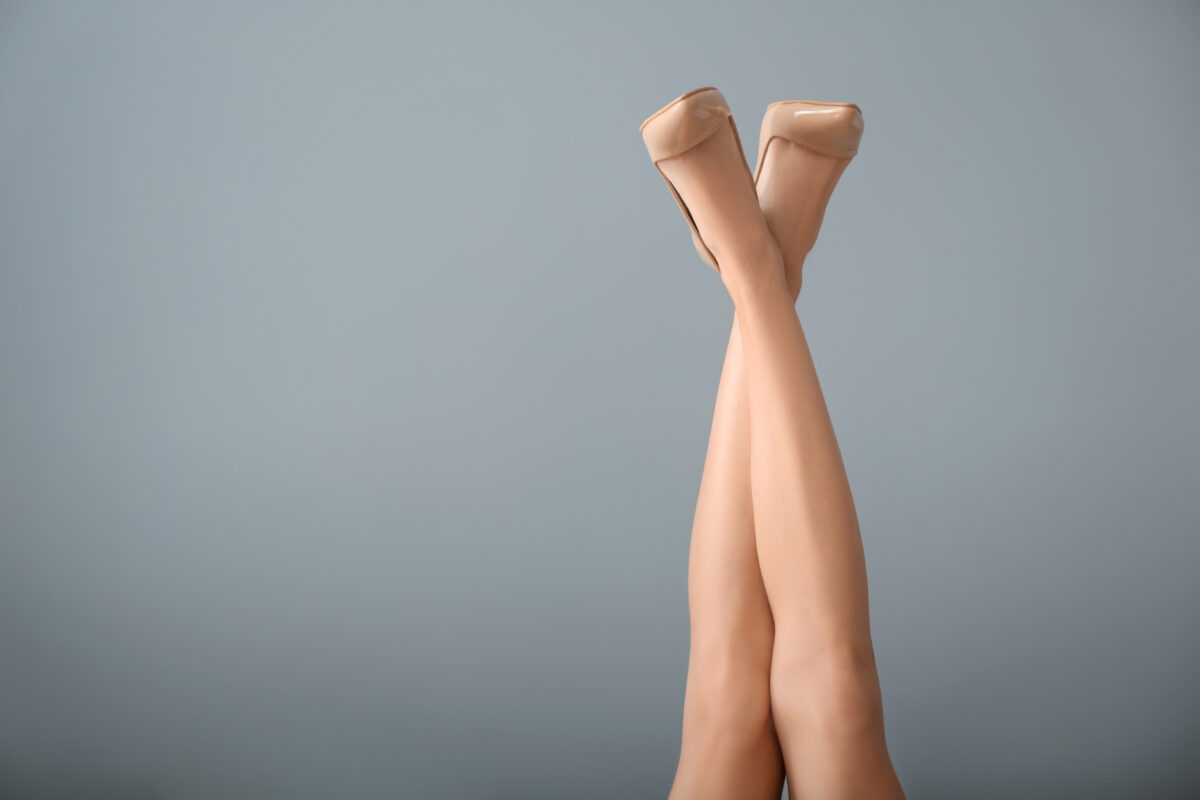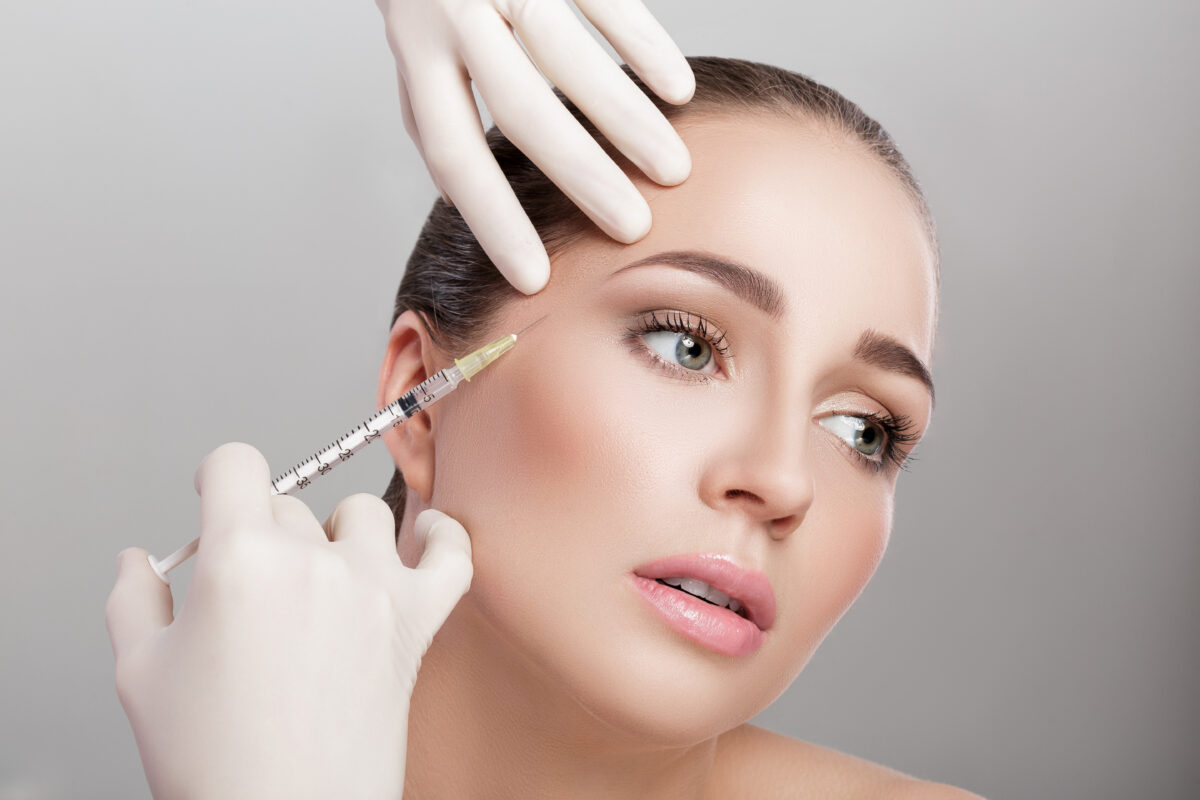Imagine waking up every morning and not having to worry about shaving or waxing. Imagine being able to wear any outfit you want, without having to worry about unwanted hair. Imagine having smooth, hair-free skin all year round.
With laser hair removal, all of this is possible. Laser hair removal is a safe and effective way to reduce or remove unwanted hair from any part of the body. It is a permanent solution that offers a number of benefits, such as accuracy, speed, and comfort.
In this ultimate guide to laser hair removal, we will cover everything you need to know about this popular cosmetic procedure. We will discuss the different types of laser hair removal devices, the benefits and risks of laser hair removal, and how to choose the right laser hair removal clinic for you.
So, what are you waiting for? Read on to learn everything you need to know about laser hair removal, and start your journey to smooth, hair-free skin today!
How Does Laser Hair Removal Work?
Laser hair removal works by harnessing the power of focused laser energy to target and destroy hair follicles. We’ll explore the science behind this innovative procedure, explaining how it precisely and selectively eliminates hair while leaving the surrounding skin unharmed.
This process is made possible by the ability of melanin, the pigment that gives hair its color, to absorb the laser’s energy. Once absorbed, the energy is converted into heat, effectively destroying the hair follicle and preventing future hair growth.
The Benefits of Laser Hair Removal
- Permanent: Targets hair follicles, resulting in a permanent reduction of hair growth.
- Accurate: Only unwanted hair is affected, leaving the surrounding skin undamaged.
- Speedy: Most treatments take less than an hour.
- Comfortable: Most people experience only mild discomfort during the procedure.
In short, laser hair removal is a preferred choice for individuals seeking a convenient and long-term hair removal solution.
Risks and Side Effects
- Redness and swelling (common, mild, and subsides within a few days)
- Blisters (rare)
- Pigmentation changes (rare)
It is important to be aware of these potential risks and side effects before undergoing laser hair removal. Talk to your doctor or a dermatologist to learn more about the risks and benefits of laser hair removal and to see if it is right for you.
Who Is a Good Candidate for Laser Hair Removal?
Not everyone is an ideal candidate for laser hair removal. We’ll delve into the factors that determine candidacy, explaining why individuals with specific hair and skin characteristics are more likely to achieve the best results.
The ideal candidate for laser hair removal is someone with fair skin and dark hair. This combination provides the greatest contrast, allowing the laser to effectively target the hair follicles while minimizing the risk of affecting the surrounding skin.
What to Expect During Laser Hair Removal
From the moment you step into the treatment room, this chapter will guide you through the laser hair removal process. Discover what happens during the procedure, what protective measures are in place, and how the treatment is administered.
During your laser hair removal treatment, you will wear protective goggles to shield your eyes from the laser light. The laser technician will apply a cooling gel to the treatment area. This gel serves a dual purpose, minimizing discomfort and aiding the laser in efficiently targeting the hair follicles.
With the gel applied, the technician will use the laser to precisely target the hair follicles. The sensation during the procedure is often described as a tingling or snapping feeling, which many find relatively comfortable.
Caring for Your Skin After Laser Hair Removal
Taking care of your skin is a critical aspect of the aftercare process. We’ll provide practical tips on how to soothe your skin, prevent complications, and maintain optimal results. Applying a cold compress to the treated area can help reduce redness and swelling. Avoiding sun exposure for at least two weeks following your treatment is crucial to prevent skin damage and pigmentation changes.
Using a moisturizer can help keep the treatment area hydrated and reduce any dryness or flaking. Exfoliating the treated area should be avoided for at least one week after the procedure to prevent irritation.
Conclusion
In the concluding chapter, we’ll recap the key takeaways and emphasize the significance of making an informed decision when considering laser hair removal. Whether you’re looking for a permanent solution or seeking the convenience of a hair-free lifestyle, this guide will equip you with the knowledge you need to embark on your laser hair removal journey.
With this comprehensive guide, you’ll be well-prepared to navigate the world of laser hair removal and embark on a journey toward a more carefree and hair-free future.


